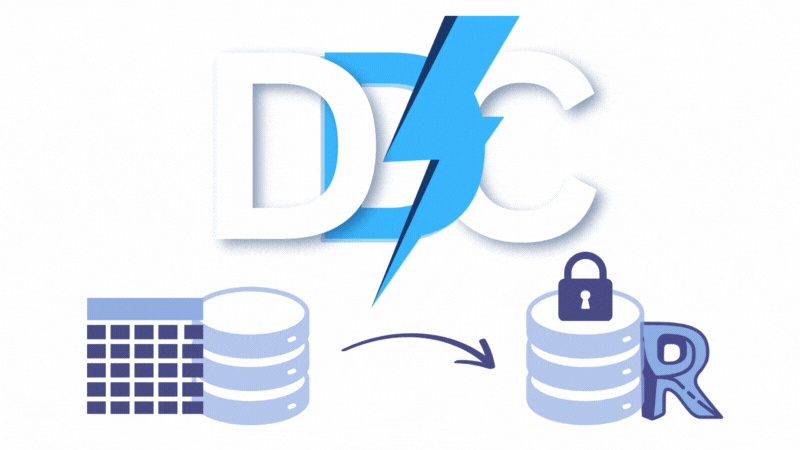Due to the rapid growth of digitised documents, when specialists only captured and stored data in tables and databases, the requirements for data, collection processes and the databases or tables themselves were rarely formed.
To bridge the gap between traditional data management practices and today's digital requirements, it is necessary to recognize the evolution of data handling from simple storage to sophisticated analysis and automation.
This transformation requires a shift to a structured and conceptualized approach to data management. By focusing on creating conceptual frameworks and visual representations such as flowcharts, organisations can better understand both the features and intricacies of their own processes.
If there is a need for processes not just to store data, but to analyse or automate it, then it is necessary to start dealing with the topic of creating a conceptual-visual level of requirements.
As we move toward more complex data ecosystems, implementing conceptual and visual tools becomes critical to ensure that data processes are not only efficient, but also aligned with the organization's strategic goals. Data consistency starts with a thorough understanding of use cases, which lays the foundation for defining the minimum requirements for data collection and analysis.
Adopting minimalism in data practices naturally leads to improved data governance. With a clear framework based on minimum requirements, organisations can implement effective data governance strategies that ensure the quality, security, and compliance of data throughout lifecycle.

Starting with understanding use cases to define minimum requirements ensures data collection is purposeful and minimal
In our example, each specialist can be part of not only a small team, but also a larger department including up to a dozen experts under the control of a general manager. Each department uses a specialized application database (e.g. ERP, CAD, MEP, CDE, ECM, CPM) that is regularly updated with incoming information needed to create documents, record the legal status of decisions and manage processes.
It is similar to the work of ancient managers 4,000 years ago, when clay tablets and papyrus were used to legally confirm decisions. The difference between modern systems and their clay and paper predecessors is that modern methods additionally add the process of converting textual information into digital form for further processing in other systems and tools.
Creating a visualization of the process in the form of conceptual flowcharts will help to describe each step and the interaction between different roles, making a complex workflow clearer and simpler.
The dialog that takes place between the participants at the initial stage of setting a task from the client about installation of a new window - in the flowchart will be represented as follows: specialists will be designated as users of systems or databases, and their messages and requests will be replaced by communication lines with the direction of arrows, showing the interaction between different systems.

At the conceptual level in the block diagram, the dialog between project participants is represented in such a way that specialists act as database users, and their messages and queries form links between the systems
Process visualization ensures that the logic of the entire process is transparent and accessible to all team members.
Unfortunately, often when presenting processes in the form of flowcharts with standard documents attached, specialists and managers limit themselves to the " conceptual level" of process visualisation, believing that the project participants will understand their functions thanks to the flowchart and cope with requirements and data quality checks on their own.
At a conceptual level, it is difficult for specialists to understand the requirements of other systems and applications in the company used in different departments. This difficulty arises because process participants often do not understand what their own data requirements are and cannot determine from conceptual flowcharts what data requirements are needed by their colleagues with whom they interact in the overall process.
As a result, even if a process is already described in detail at a conceptual level using flowcharts, this does not necessarily make it more efficient. Visualization often simply makes the work of managers easier, who, having applied a step-by-step reporting system, can now more conveniently request information from colleagues and track the process manually using flowcharts.
To fully translate this process to the data level, we need to go a level deeper and translate the conceptual visualisation of the process to the logical and physical level of data, required attributes and their boundary values.


















